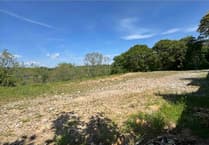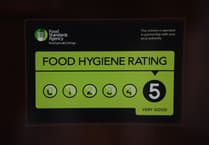Cornwall has been marking the 50th anniversary of the Torrey Canyon disaster this weekend.
In 1967, tens of thousands of seabirds were killed in one of the world’s worst marine pollution incidents.
The disaster led to international legislation to protect the marine environment from shipping-related pollution.
The Torrey Canyon was the world’s first major marine oil pollution incident. A conservative estimate is that the oil and the extremely toxic detergents used in ‘clean-up’ attempts killed more than 30,000 birds, mostly guillemots and razorbills.
Dead and dying birds were washed up on the coastlines of Cornwall, Guernsey and Brittany over many weeks.
Other affected marine life included particularly fauna and flora of the intertidal zone such as limpets, sea anemones, sandhoppers, razorshells, mussels, cockles, crabs and seaweed.
It was concluded that, had the oil been left to natural processes, rocky shores would have recovered within three years; while the use of high volumes of undiluted and toxic detergents meant environmental recovery took a decade.
Tony Whitehead, speaking for the RSPB in the South West, said: ‘The tragedy was a watershed moment for the public and government.
’It highlighted the risk that oil pollution (and inappropriate response action) poses to the marine environment and its wildlife, the most obvious victims being seabirds.
’It also revealed shortcomings in tanker design, and shipping practices and the lack of effective response plans.
’It was the catalyst for regulation to reduce the risk of such incidents recurring and focused public interest on the value and vulnerability of the marine environment and seabirds.’
As a consequence, the UK government and other countries acted with greater urgency to improve policies and practices for preventing and responding to oil spills.





Comments
This article has no comments yet. Be the first to leave a comment.